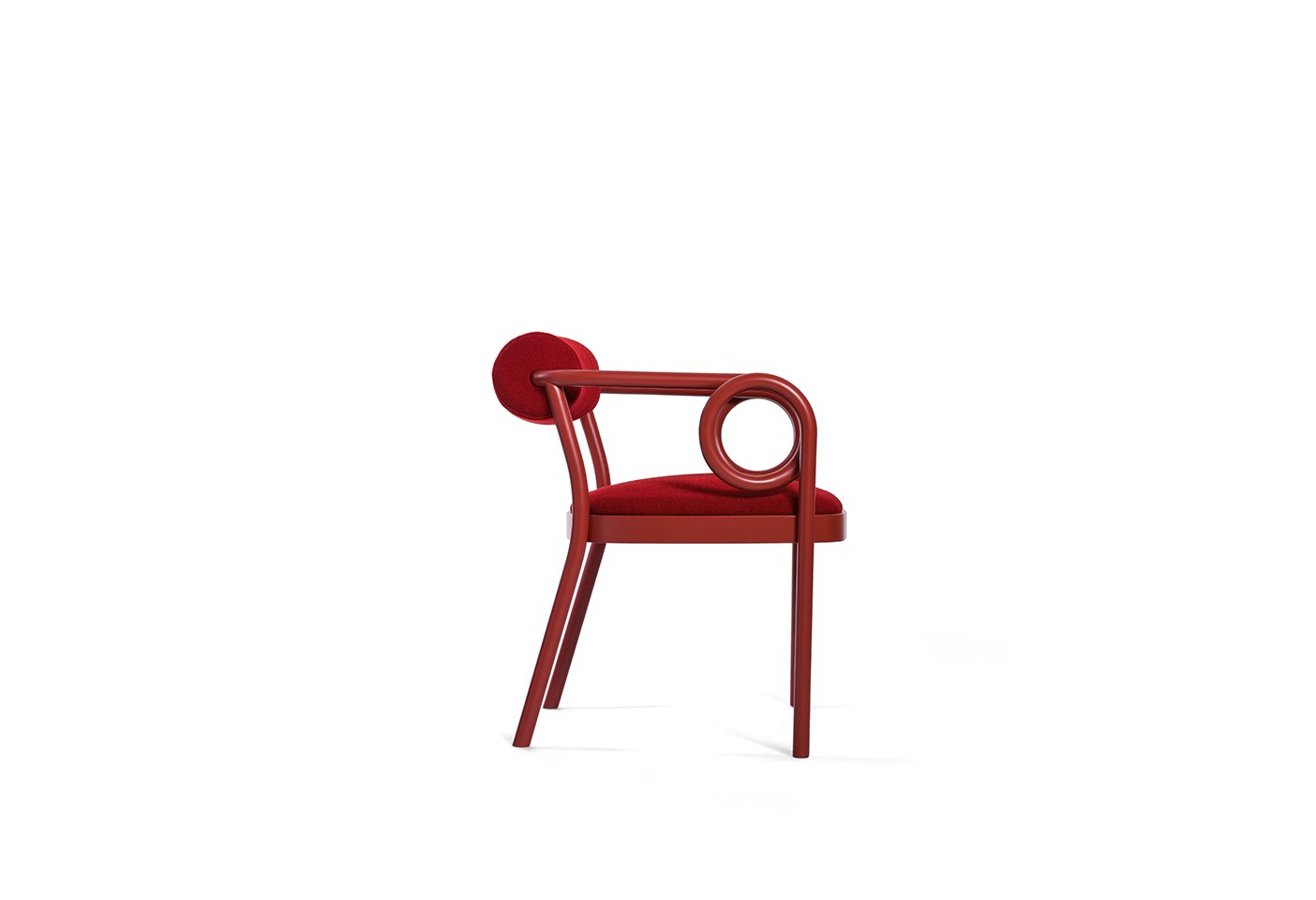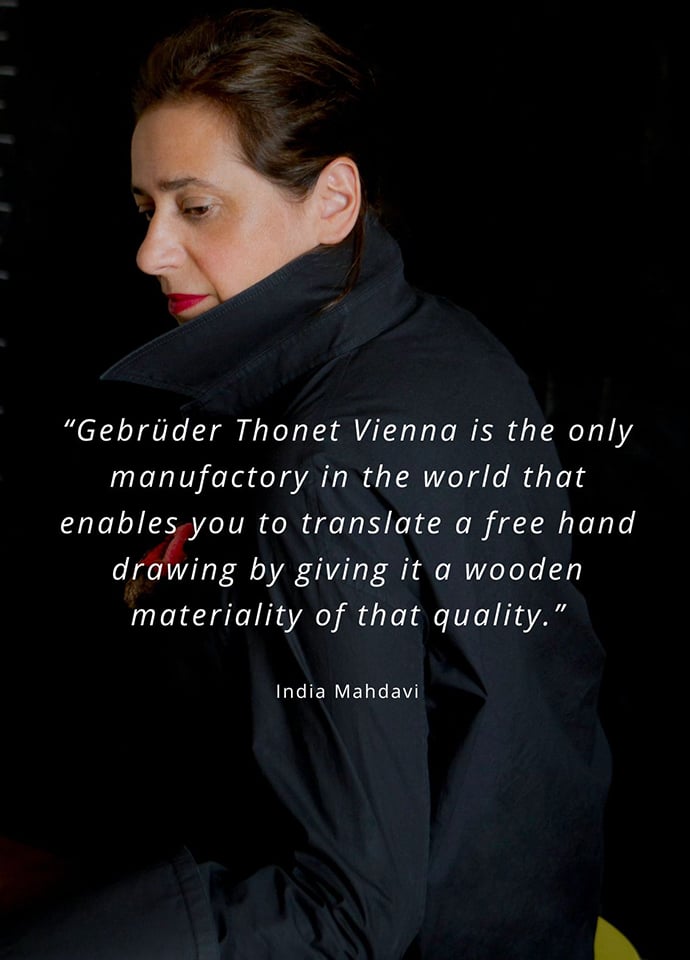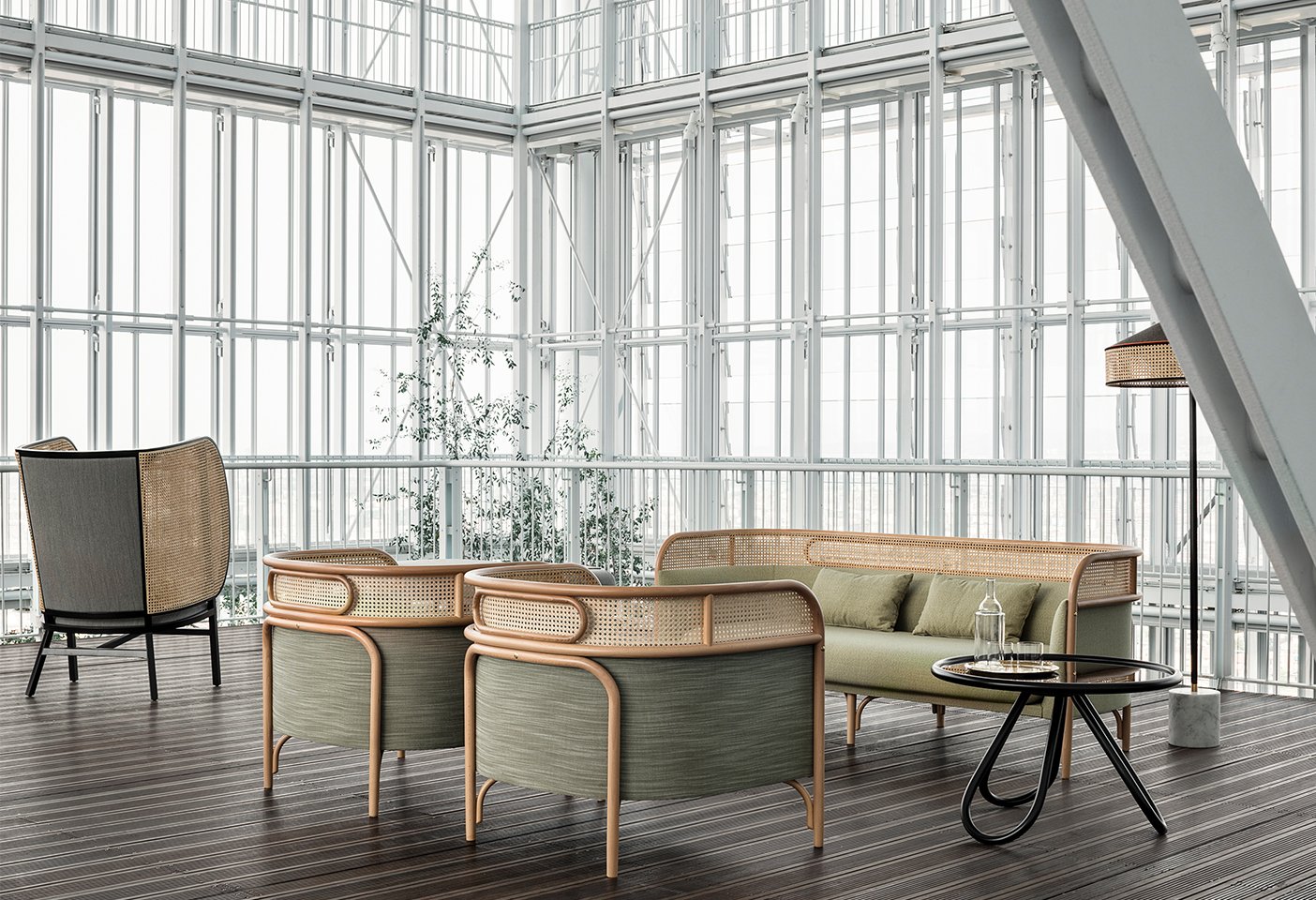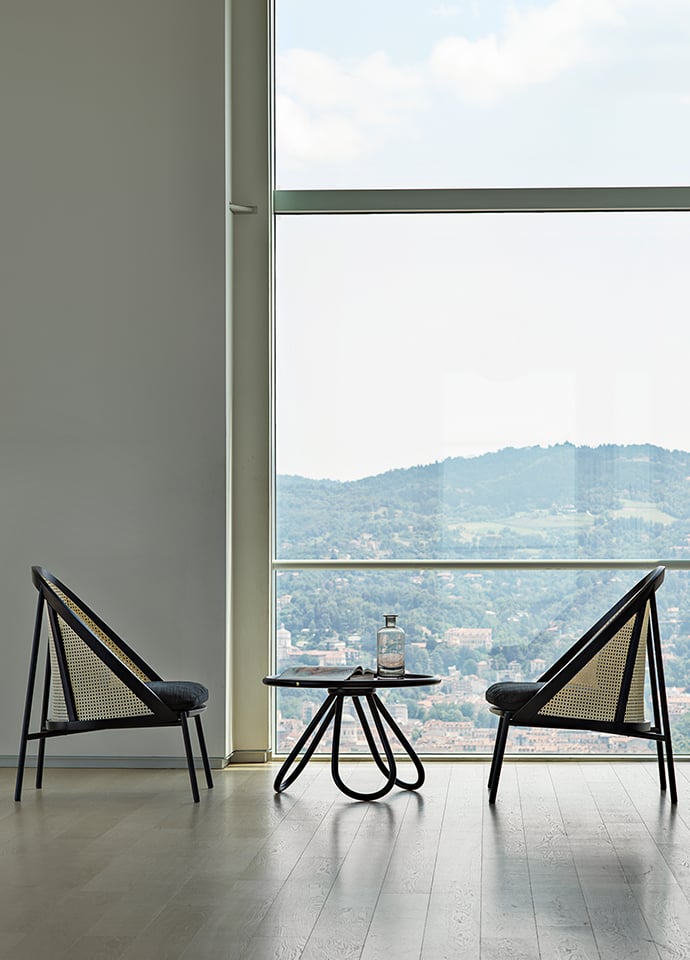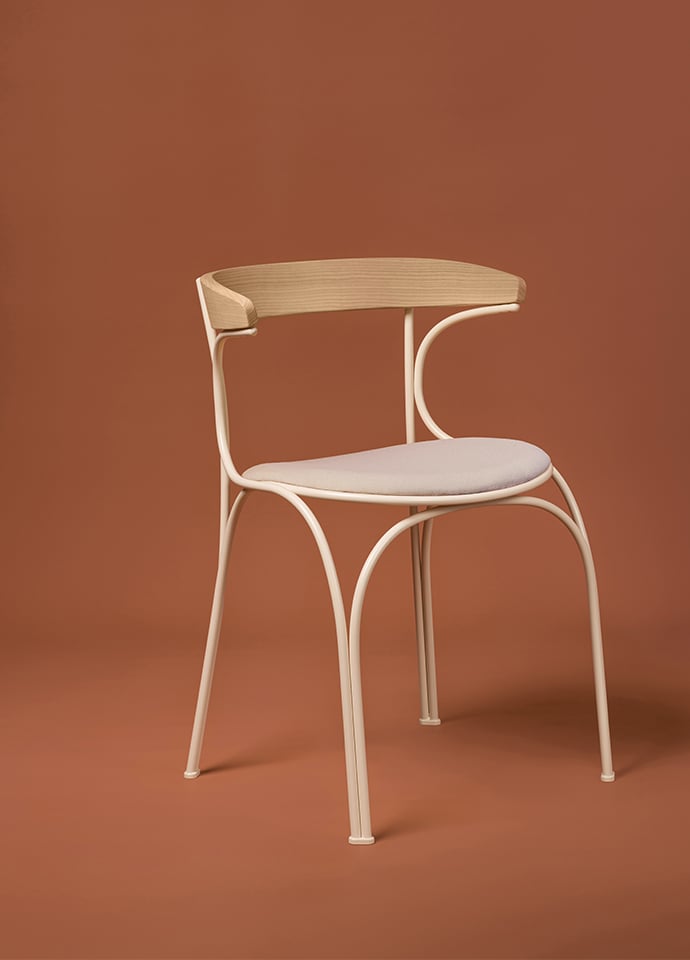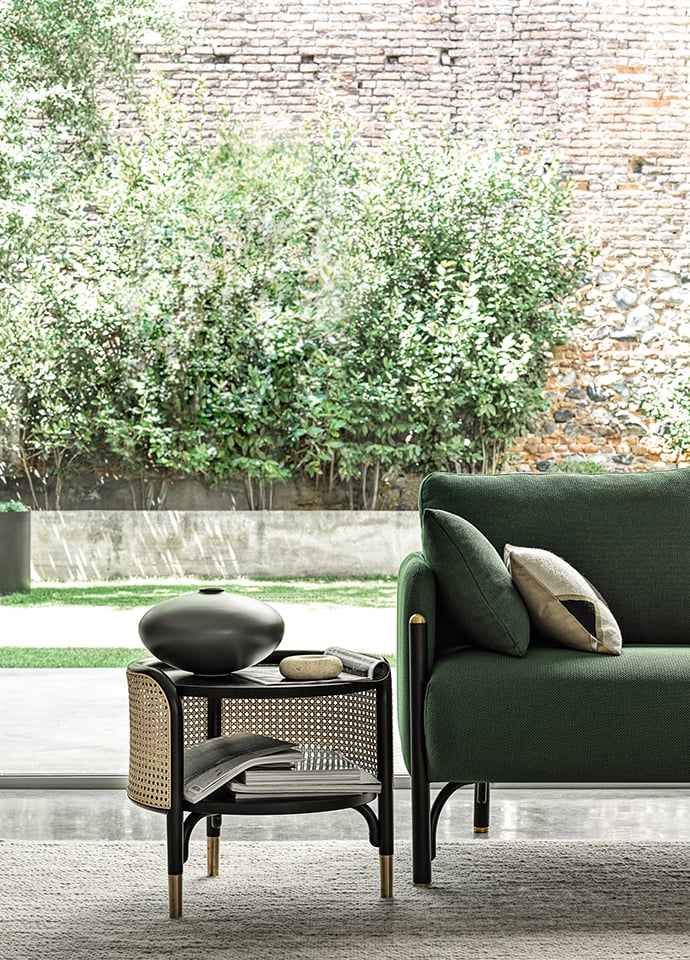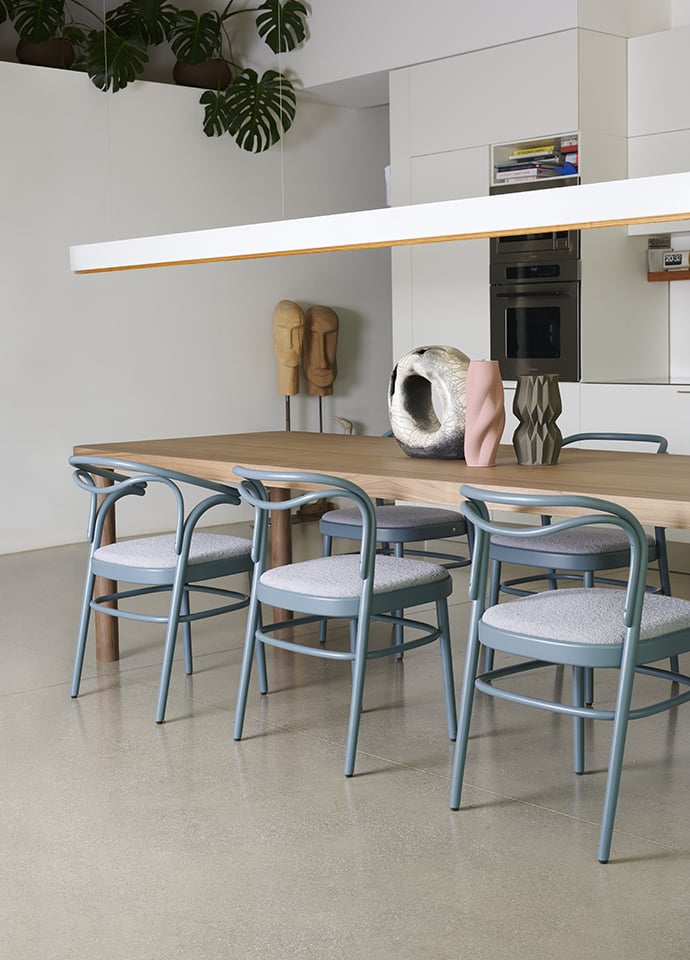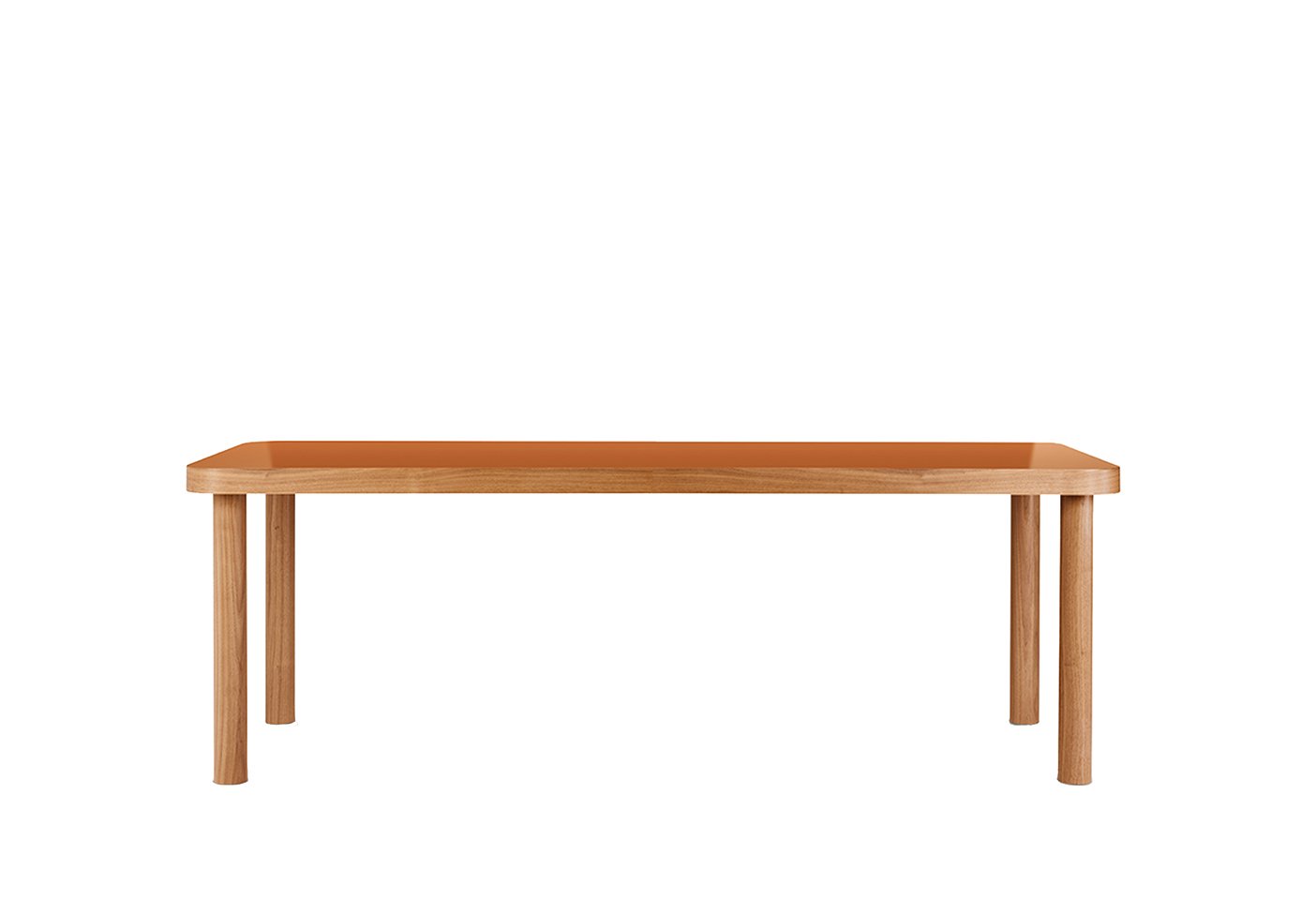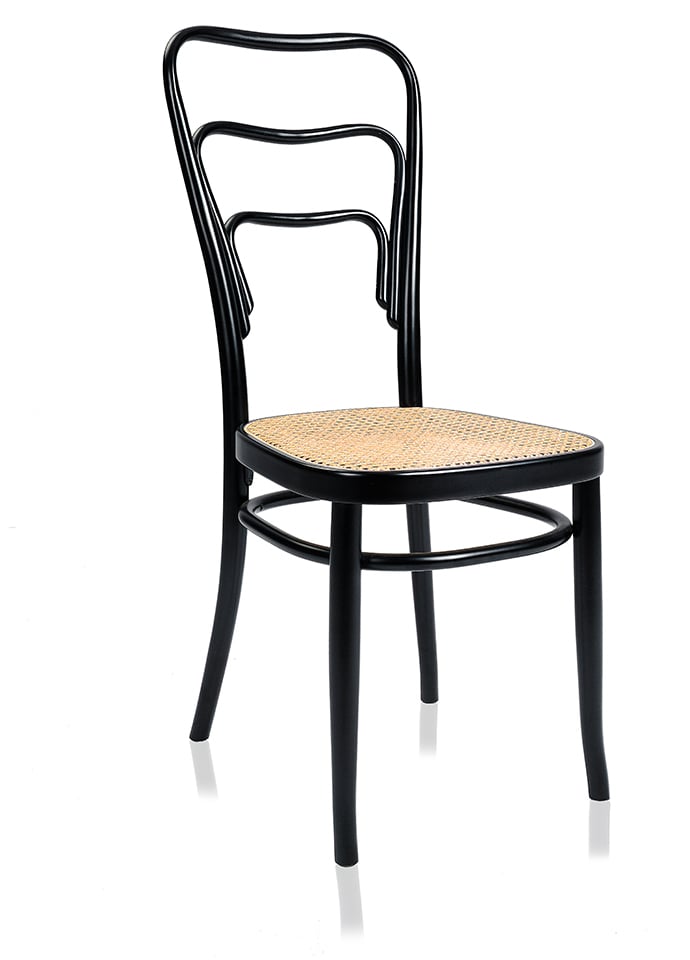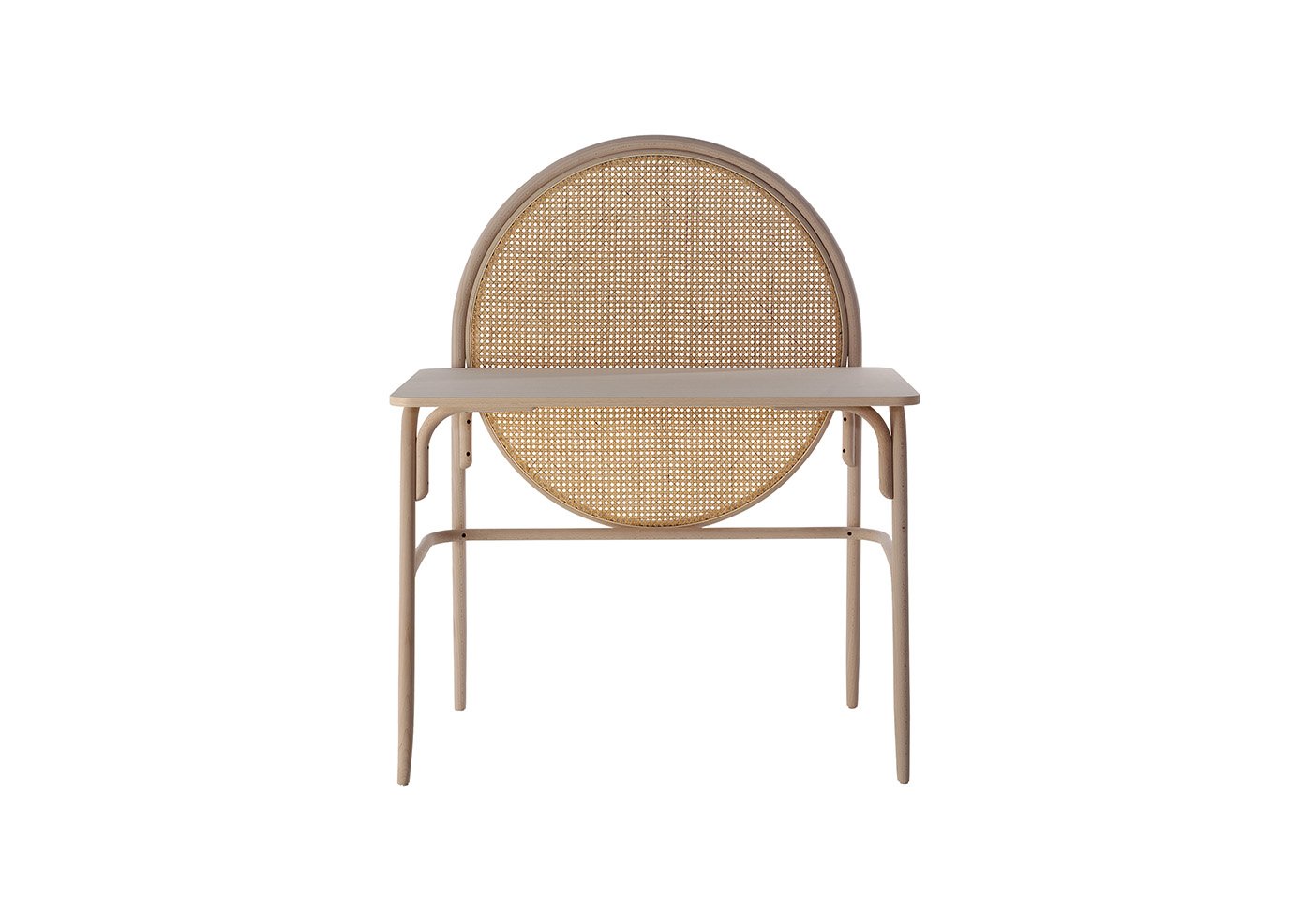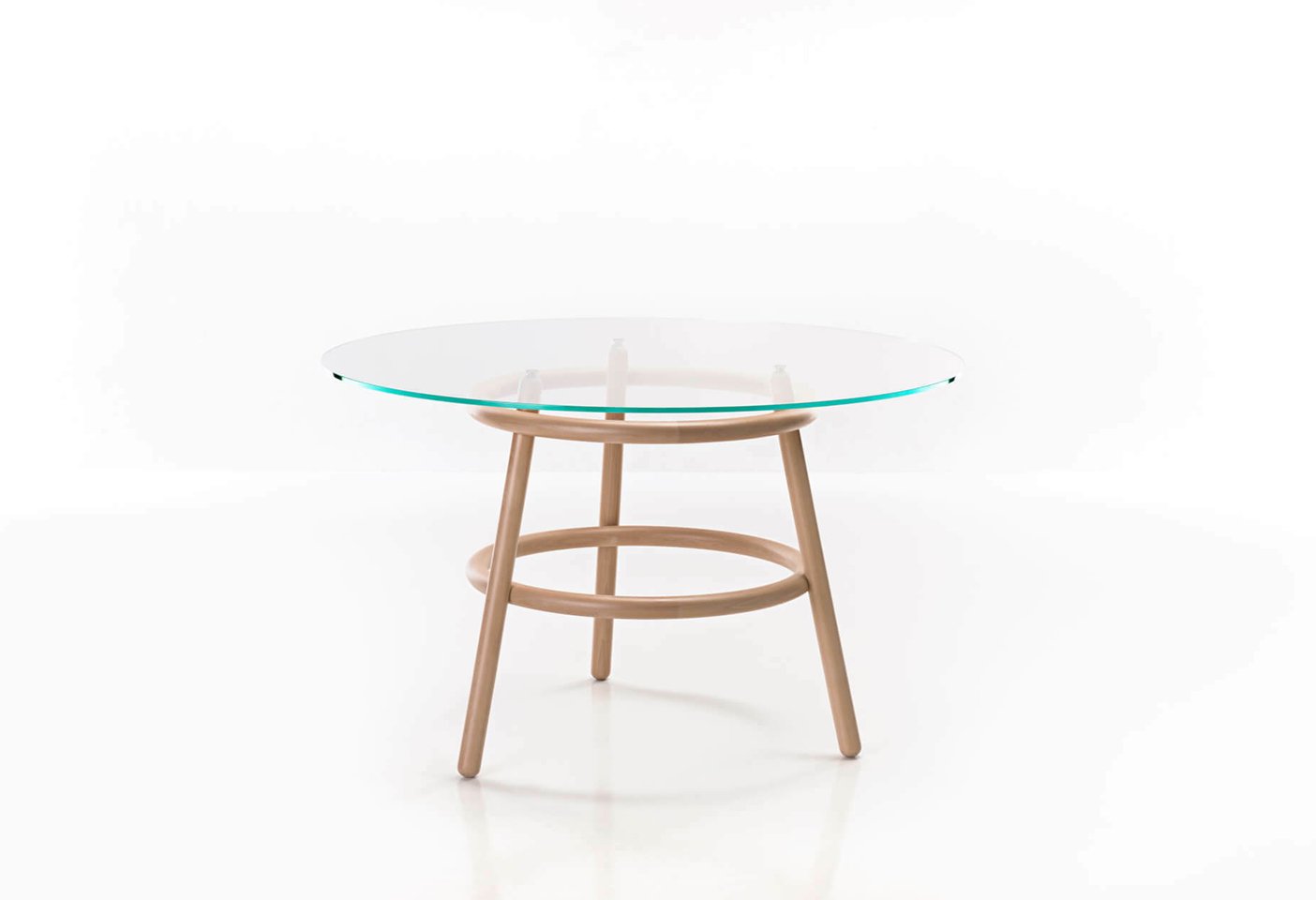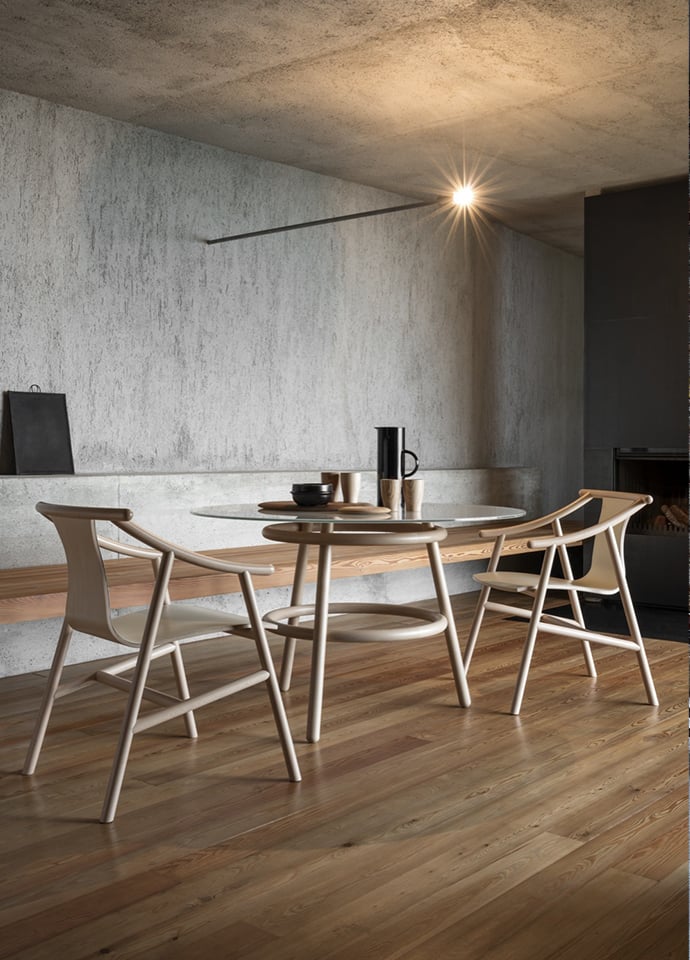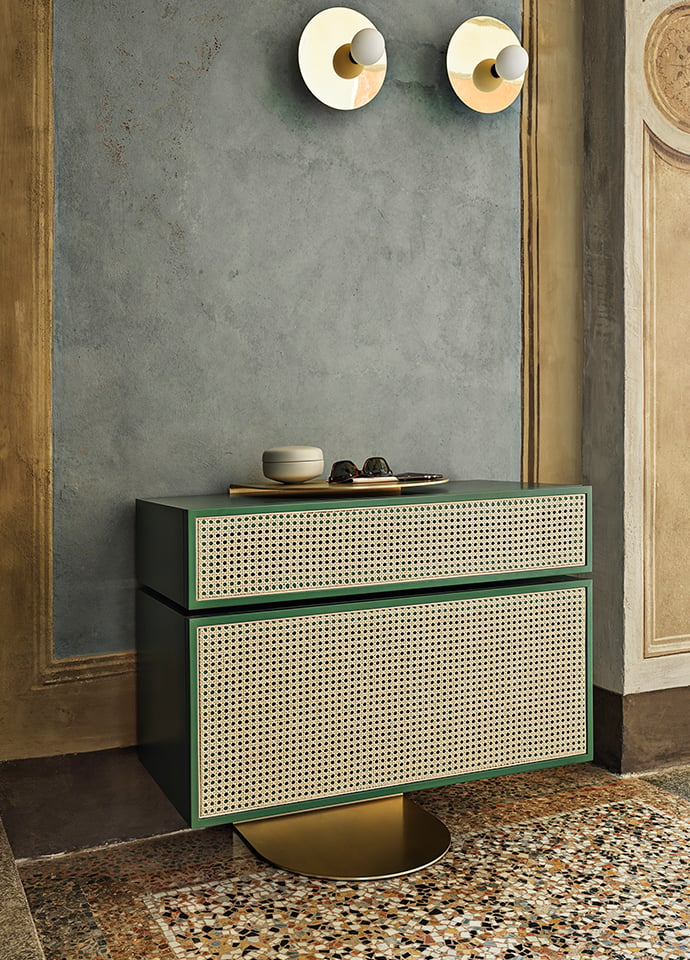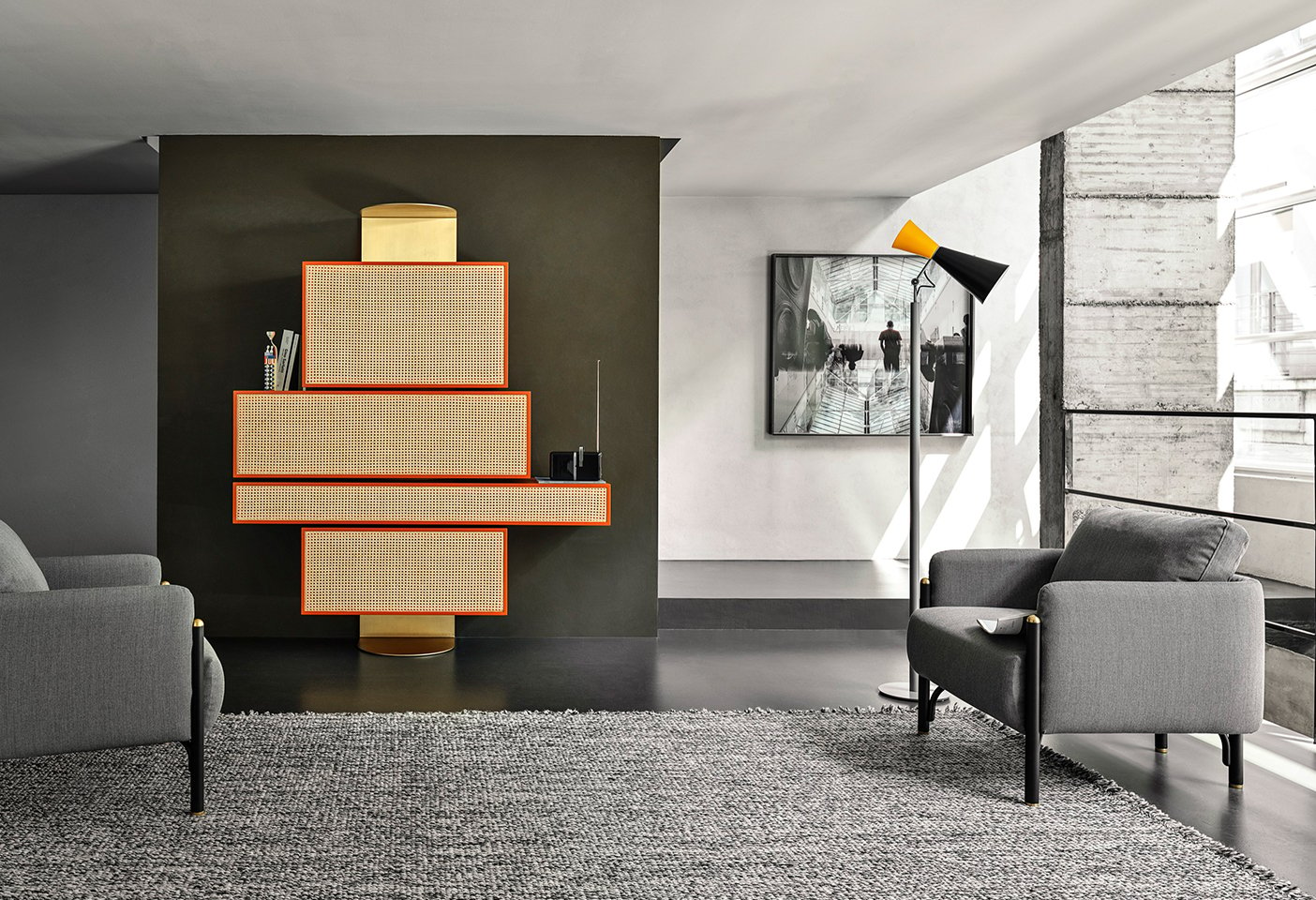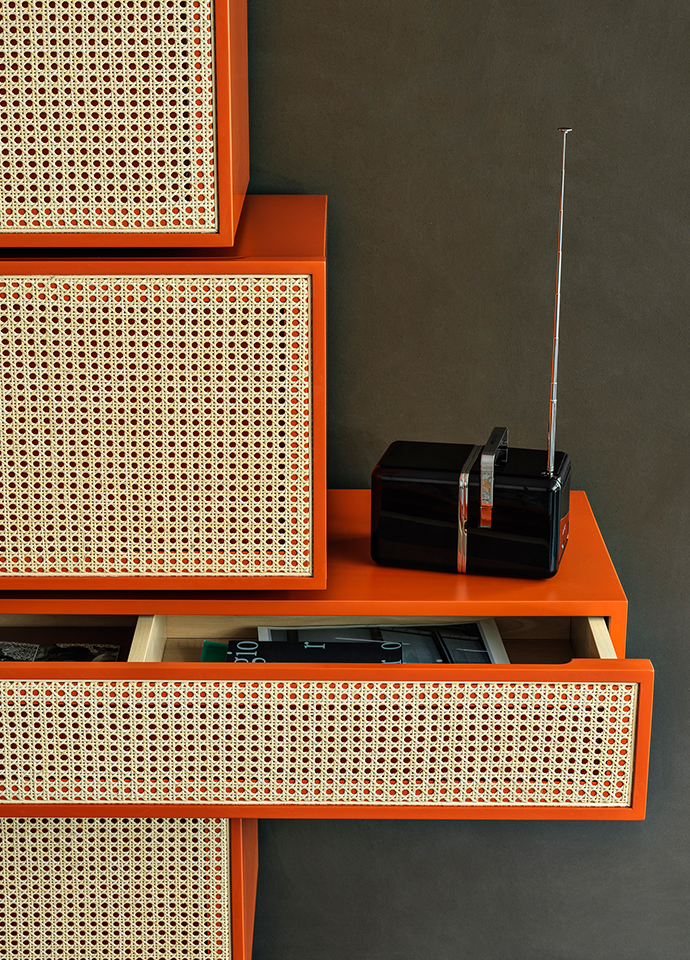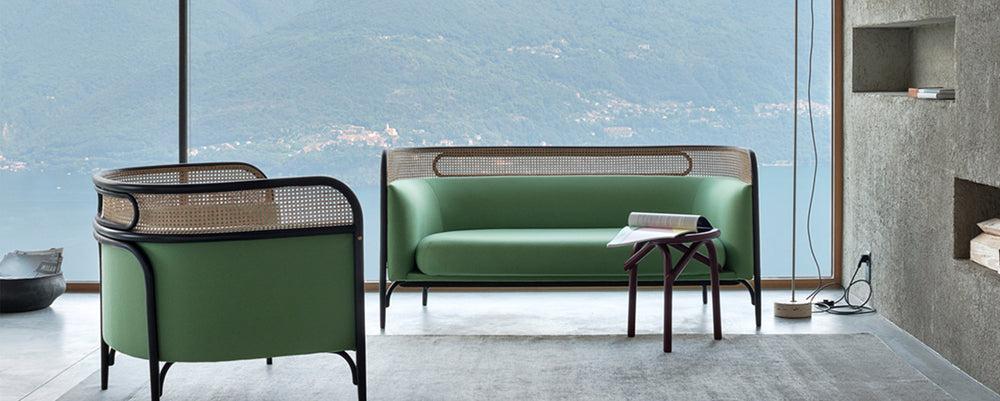
Chosen for our Summer Reading series, the fascinating rags to riches story of Gebrüder Thonet Vienna's German founder, Michael Thonet, explores his role in the roots of industrial design and how, more than 160 years after his furniture company was founded, the brand continues to merge tradition and innovation in collaboration with the world's most interesting designers.
Gebrüder Thonet Vienna's founder Michael Thonet came from modest beginnings but by the time of his death in the 1870s, he was one of the most famous design figures in the world.
In his early 20s when he set up his first furniture-making workshop in Boppard, Germany, it would take the traditionally trained cabinetmaker 25 years of research and development before he found success.
In the 1830s Michael Thonet began bending wood to create furniture and developed his own method of laminating and gluing wood together. His technique allowed him to create chairs that were revolutionary in both their design and in their construction. But Thonet’s big break came after an encounter at an 1841 exhibition with one of the most influential men in Europe – Prince Klemens von Metternich, Chancellor of the Austro-Hungarian Empire and Prime Minister to Emperor Franz Josef.
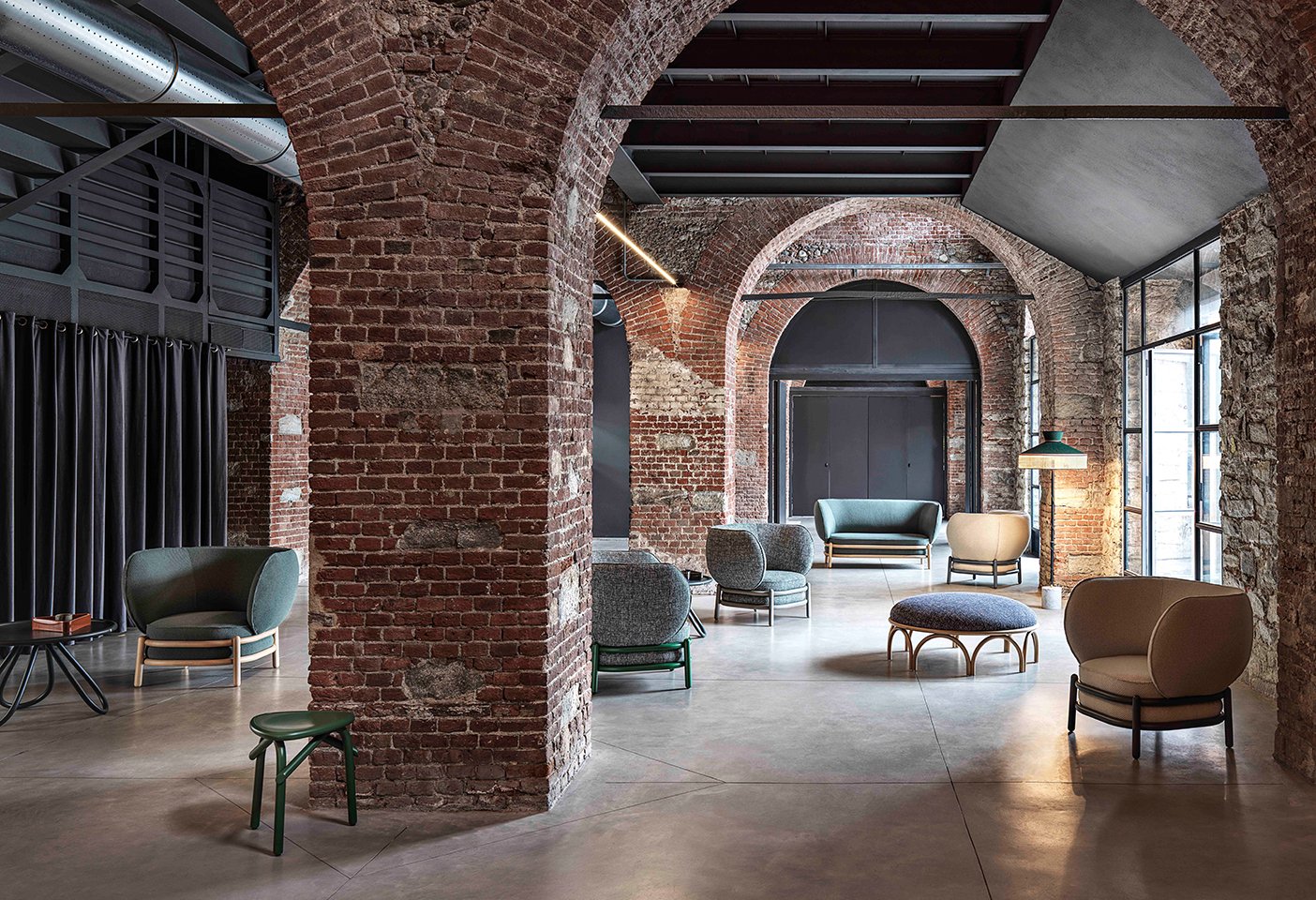
The Luftballon lounge chair and sofa designed by the design department at Gebrüder Thonet Vienna. Photo c/o Gebrüder Thonet Vienna.
Legend has it that after admiring his elegantly curved designs, Metternich invited Thonet to Vienna telling him he'd never make it if he stayed in his native Germany. Thonet took the advice, and soon relocated to the Hapsburg Capital and was awarded a much-sought-after patent for his bentwood process, plus a commission to furnish the Liechtenstein Palace.
It was another seven years before the the family were in a financial position to start their own workshop. In 1853, the company Gebrüder Thonet ('Brothers Thonet') was founded by Michael Thonet and his five sons. A few years after Gebrüder Thonet was founded, the family achieved a significant technological breakthrough. The company had begun to export all over the world and in more humid climates, the glue that had bonded their designs together was losing its adhesive qualities. Some of the original designs began falling apart at the seams.
After numerous experiments the family had an industrial breakthrough – they discovered how to bend long rounded-off pieces of beech wood using a steam oven and iron bending moulds. The mechanical steaming method was ingenious but simple. Attaching a metal strip along its length, solid wood could be bent in a similar way to laminate. The innovation allowed the company to manufacture elegant yet practical designs on a large scale. Their production techniques, and widespread fame encouraged the most important Viennese architects to design new products for them including Otto Wagner and Adolf Loos.
'Gebrüder Thonet Vienna is the only manufacturer in the world that allows you to translate a freehand drawing by giving it a wooden materiality of that quality.'
India Mahdavi, Founder, Studio India Mahdavi
‘As we approached this project we started thinking of Gebründer Thonet’s iconic designs. We wanted to keep what’s at the core of the brand whilst injecting it with new technology by working with a material new to the company, metal, therefore creating a connection between past and present. The result of this merger between craftsmanship, tradition, and innovation is Ample...’
Luca Nichetto, Founder of Nichetto Studio
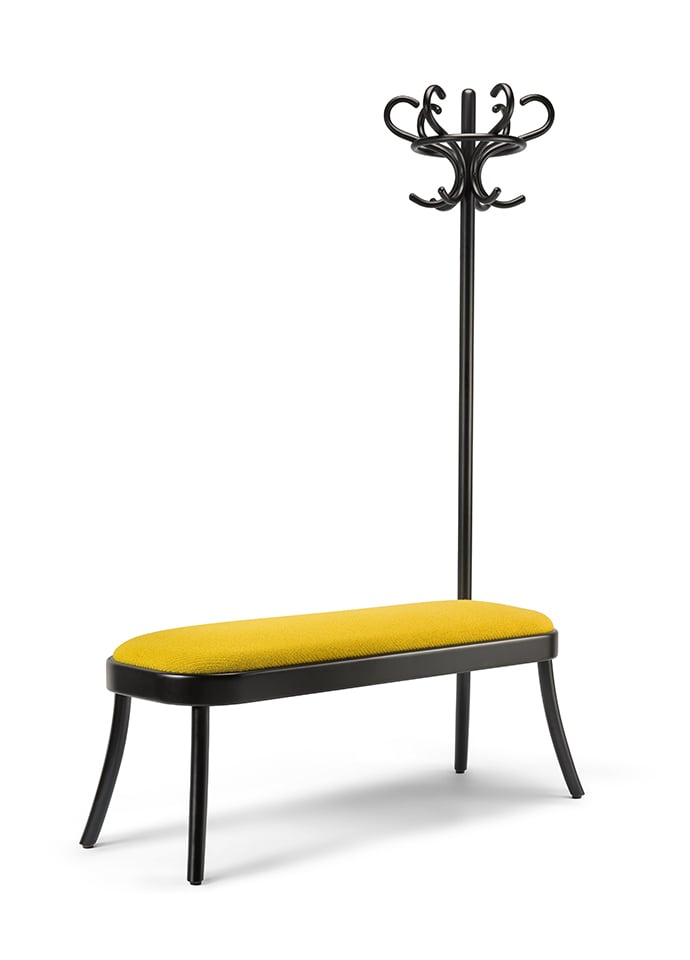
Coat Rack Bench designed by Front. Photo c/o Gebrüder Thonet Vienna.
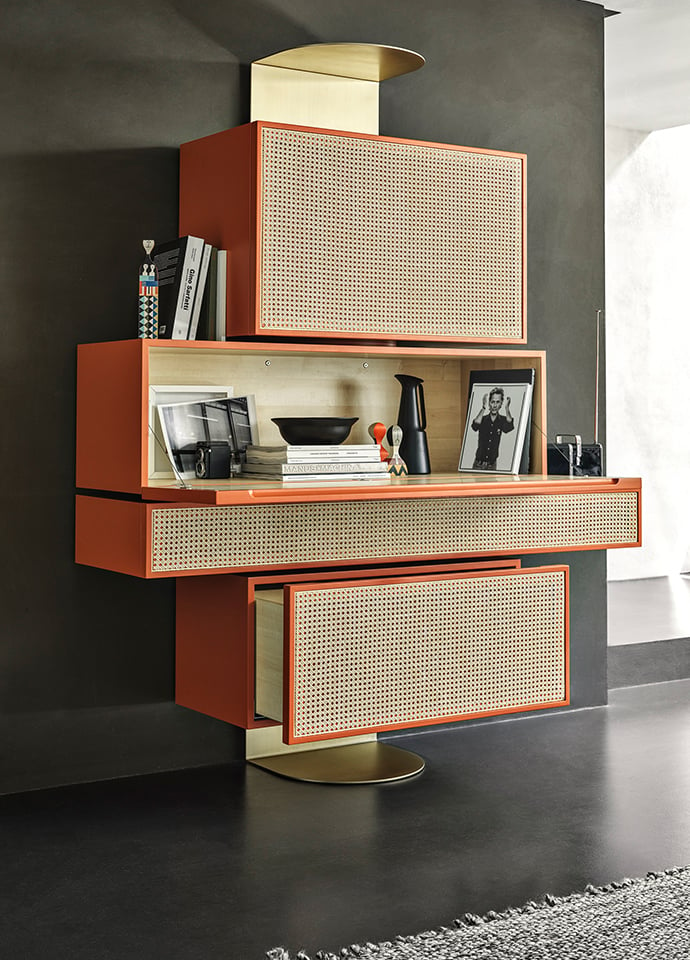
The NYNY Unit designed by Storagemilano and its cleverly conceiled drawers. Photo c/o Gebrüder Thonet Vienna.
Chair No. 14 is probably the most well known and most widely distributed piece of furniture made by Gebrüder Thonet. Simple, versatile and still contemporary, it is considered the first true example of industrial design and the piece that marked the company’s transition from small series production to mass production. Formed from carefully steamed then bent beech wood, it wasn’t the production technique that makes the design so revolutionary. The chair was designed to disassemble into a few components, making it easy for export as prefabricated individual pieces that once built, could then be taken apart again, packaged and sent to their destination.
In 1865, the global positioning of Gebrüder Thonet was unrivalled. The company had 22 single-brand stores around the world and by 1912, the catalogue featured 980 models and produced 1.8 million pieces of furniture every year. However, the onset of WWI changed everything. The Austro-Hungarian Empire collapsed, raw materials were in short supply and the majority of the company's workforce was conscripted. By the end of WWII, the original business had fragmented. Independent production plants had been set up in different countries and been developed into separate businesses. The Austrian arm of the business was rebuilt after the war by descendants of Michael Thonet, and by 1976 the company had changed its name to Gebrüder Thonet Vienna.
From the evocative designs of Michale Thonet and Adolf Loos, including chair No. 14 and the lesser known No. 144 by Loos (now in new colours), an unusual classic that is both elegant and comfortable, designed in 1908 and symbolic of Viennese cafe society, to Italian designer Luca Nichetto's recently released Ample, a chair that translates the art of steam bending developed in the factories of Gebrüder Thonet Vienna with a new material for the group – metal. It is a catalogue that features the dynamic heritage of furniture design: shaped by tradition and ongoing collaborations with the most important designers of each era – Gebrüder Thonet Vienna's collection represents the evolution of European design history.
Gebrüder Thonet Vienna is available exclusively in South East Asia from Space – Australia and Space – Singapore and Kuala Lumpur.
